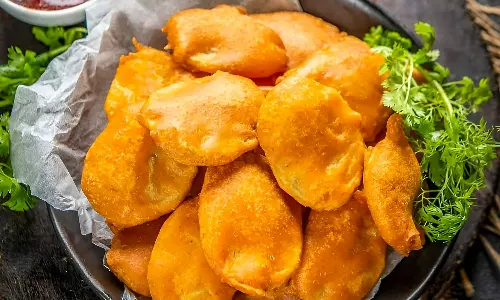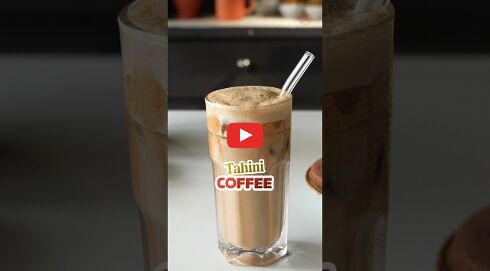- Home >
- Cook at Home
Cook at Home
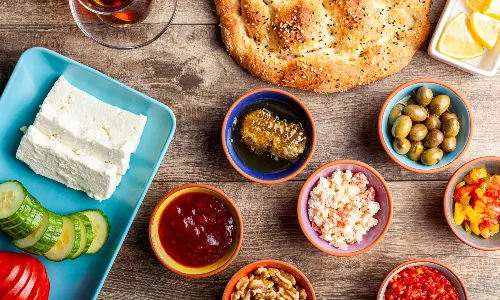
So Wrong It’s Right – The Most Viral Food Pairings That Actually Work
- Gaurie Salvi
- 28 April 2025 4:07 PM IST
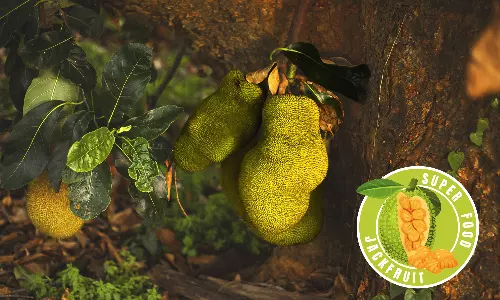
Jackfruit: The Spiky Superfood That’s Stealing the Spotlight
- Gaurie Salvi
- 10 March 2025 11:38 AM IST
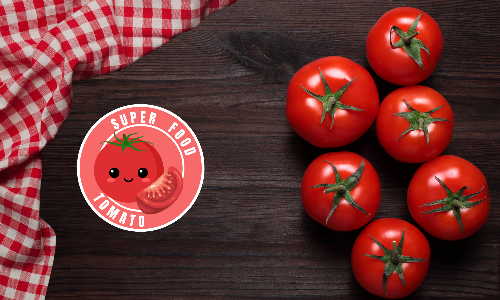
The Tomato Takeover: The Tangy Superfood That’s Saucing Up Every Indian Plate
- Gaurie Salvi
- 16 May 2025 1:02 PM IST
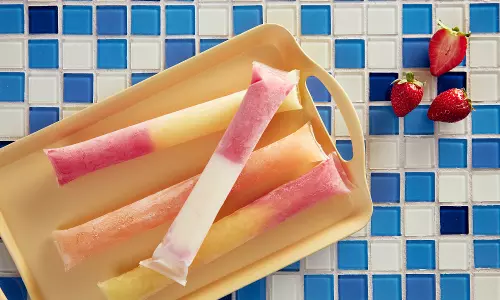
Sharaarat and Snacks, It’s Time To Bring Back The 2000s Treats That Lit Up Our Childhood
- Shreya Mukherjee
- 22 April 2025 11:32 AM IST
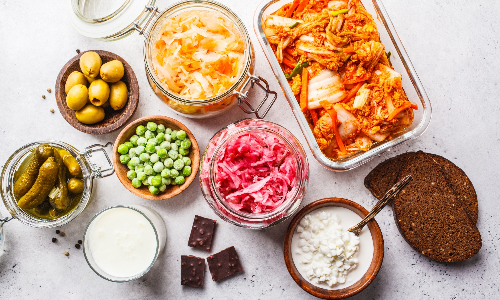
From Bacteria to Brilliance: The Power of Fermentation in Food
- Simran Dsouza
- 15 April 2025 11:56 AM IST

